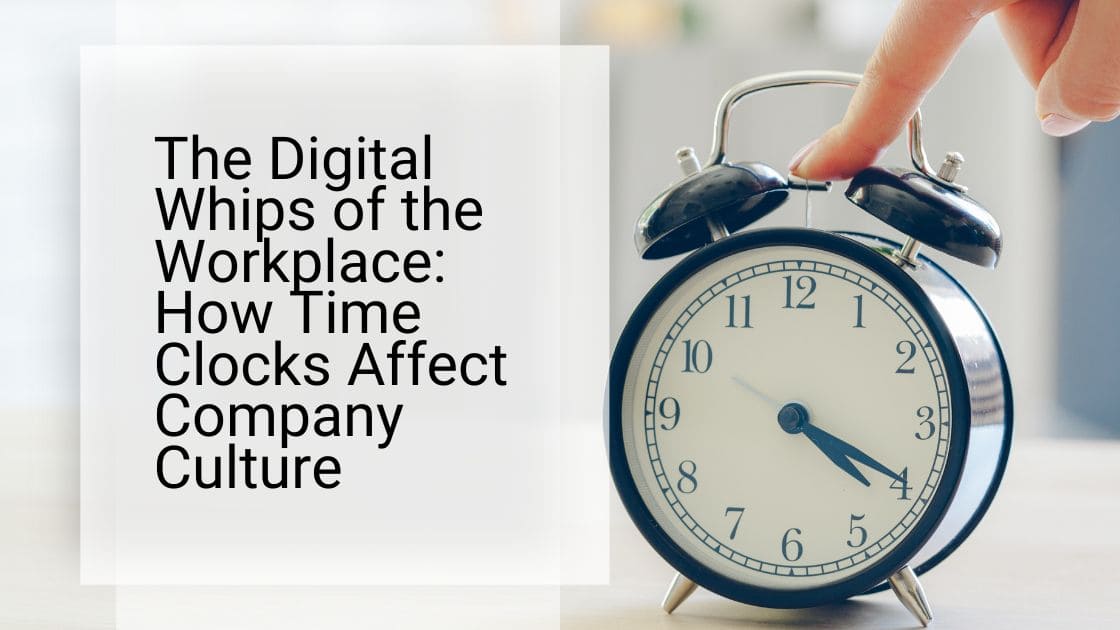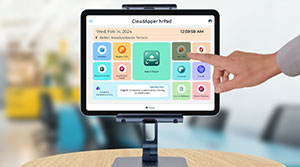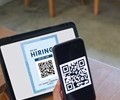Traditional time clock systems inadvertently contribute to a culture of micromanagement, impacting workplace dynamics negatively. CloudApper hrPad, an AI-powered solution, revolutionizes time tracking, prioritizing autonomy, trust, and collaboration, ushering in a new era of positive company culture and improved employee satisfaction.
Table of Contents
Even though modern workplaces are constantly changing, classic time clock methods have remained essential for tracking attendance. The influence of these systems on corporate culture must be carefully considered, nevertheless, as technology develops. In this post, we’ll look at the often-overlooked way that time clocks may alter workplace dynamics and employee happiness by unintentionally contributing to a culture of micromanagement.
For more information on CloudApper AI TimeClock visit our page here.
AI Empowers Frontline: Breaking Free from Micromanagement
Micromanagement upset your frontline staff? Get rid of the clock! CloudApper hrPad replaces digital whips with AI-powered empowerment. Facial ID and QR codes allow employees to plan their own work, enhancing innovation and autonomy. The built-in AI assistant answers HR queries, building trust and decreasing overwatching. AI suggests appropriate applicants and individualized feedback engages top performers in frontline recruitment. So, ditch micromanagement and watch your frontline crew thrive with CloudApper hrPad—the future of happy, productive, and independent frontline personnel.
The Micromanagement Dilemma
A company’s culture might suffer from micromanagement, which is defined as having an overly controlling and supervising attitude. Though they were made to make monitoring attendance easier, traditional time clock systems have a sneaky way of turning into digital whips and making the micromanagement problem much worse. Employees may feel uneasy and distrustful due to the strict structure of these systems, which require timeliness to the minute.
The Strain on Workplace Dynamics
Loss of Autonomy: Employees may lose some control over their work schedules as a result of stringent time clock regulations. Employees may feel pressured to adhere to strict timetables instead of discovering their own work rhythm, which might stifle creativity and innovation.
Impact on Morale: A persistent feeling of being watched could result from time clocks constantly watching. Staff morale and work happiness might take a hit in an environment that encourages constant monitoring. Time clocks have the potential to unintentionally promote an anxious atmosphere rather than a cooperative and encouraging one.
Stifled Engagement: Staff members may get disengaged if they perceive that they are continually being watched. There may not be enough intrinsic desire to do well if you’re afraid you’ll be penalized for every minute you miss. Because of this, innovation and pride in one’s job are stifled.
The Evolution: CloudApper hrPad
It is critical to investigate creative solutions that put an emphasis on employee happiness and overall business culture when the flaws of conventional time clock systems are brought to light. A revolutionary new replacement to antiquated time clocks, CloudApper hrPad is driven by artificial intelligence.
Empowering Autonomy
Flexible Punch Submission: Instead of using strict clock-in and clock-out timings, CloudApper hrPad uses flexible scheduling. Several ways are available for employees to submit their attendance reports, including face ID, QR codes, barcodes, and NFC. Employees are given greater autonomy in managing their time as a result of this flexibility.
Personalized Workflows: When compared to generic time clock solutions, CloudApper hrPad may be tailored to each company’s specific requirements. Organizations have the freedom to customize the solution according to their own procedures, including data gathering forms and punch submission mechanisms.
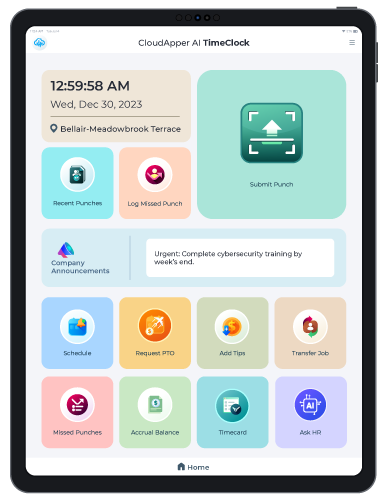
CloudApper AI Time Clock
Brightwater Senior Living’s Adopted CloudApper AI TimeClock's Face Matching App for Time Tracking
Fostering Trust and Collaboration
AI-Powered HR Assistant: The new AI assistant from CloudApper hrPad simplifies HR tasks and gives workers someone they can rely on. The AI assistant responds to questions about human resources, which fosters an environment of trust while decreasing the requirement for round-the-clock surveillance.
Continuous Employee Feedback: In order to gather insights for continual improvement, the system allows for tailored surveys. A more cooperative and helpful work atmosphere is one result of the culture of open communication that CloudApper hrPad promotes.
Conclusion: Embracing a Positive Company Culture
The instruments that shape organizational culture must be reevaluated in light of the changing dynamics of the modern workplace brought about by technological advancements. Traditional time clocks, with their digital whips, can put a damper on office dynamics, leading to more micromanagement and less employee happiness.
A new era has begun, thanks to CloudApper hrPad and its AI-driven capabilities. A healthy business culture may be modeled after this solution, which places an emphasis on independence, trust, and teamwork. The era of conventional time clocks has ended, and with it comes new opportunities for creative solutions that improve workers’ health and happiness, increase output, and foster a positive work environment. As businesses plan for the future of work, adopting these game-changing technologies is no longer an option; it’s a strategic need.
What is CloudApper AI Platform?
CloudApper AI is an advanced platform that enables organizations to integrate AI into their existing enterprise systems effortlessly, without the need for technical expertise, costly development, or upgrading the underlying infrastructure. By transforming legacy systems into AI-capable solutions, CloudApper allows companies to harness the power of Generative AI quickly and efficiently. This approach has been successfully implemented with leading systems like UKG, Workday, Oracle, Paradox, Amazon AWS Bedrock and can be applied across various industries, helping businesses enhance productivity, automate processes, and gain deeper insights without the usual complexities. With CloudApper AI, you can start experiencing the transformative benefits of AI today. Learn More
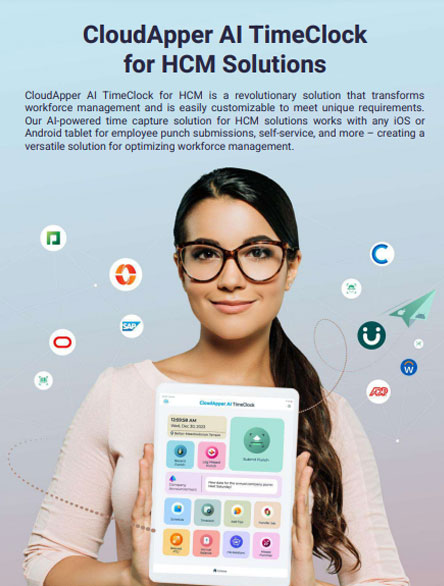
Brochure
CloudApper AI TimeClock
For accurate & touchless time capture experience.
Download Brochure
CloudApper AI Solutions for HR



- Works with








- and more.
Similar Posts
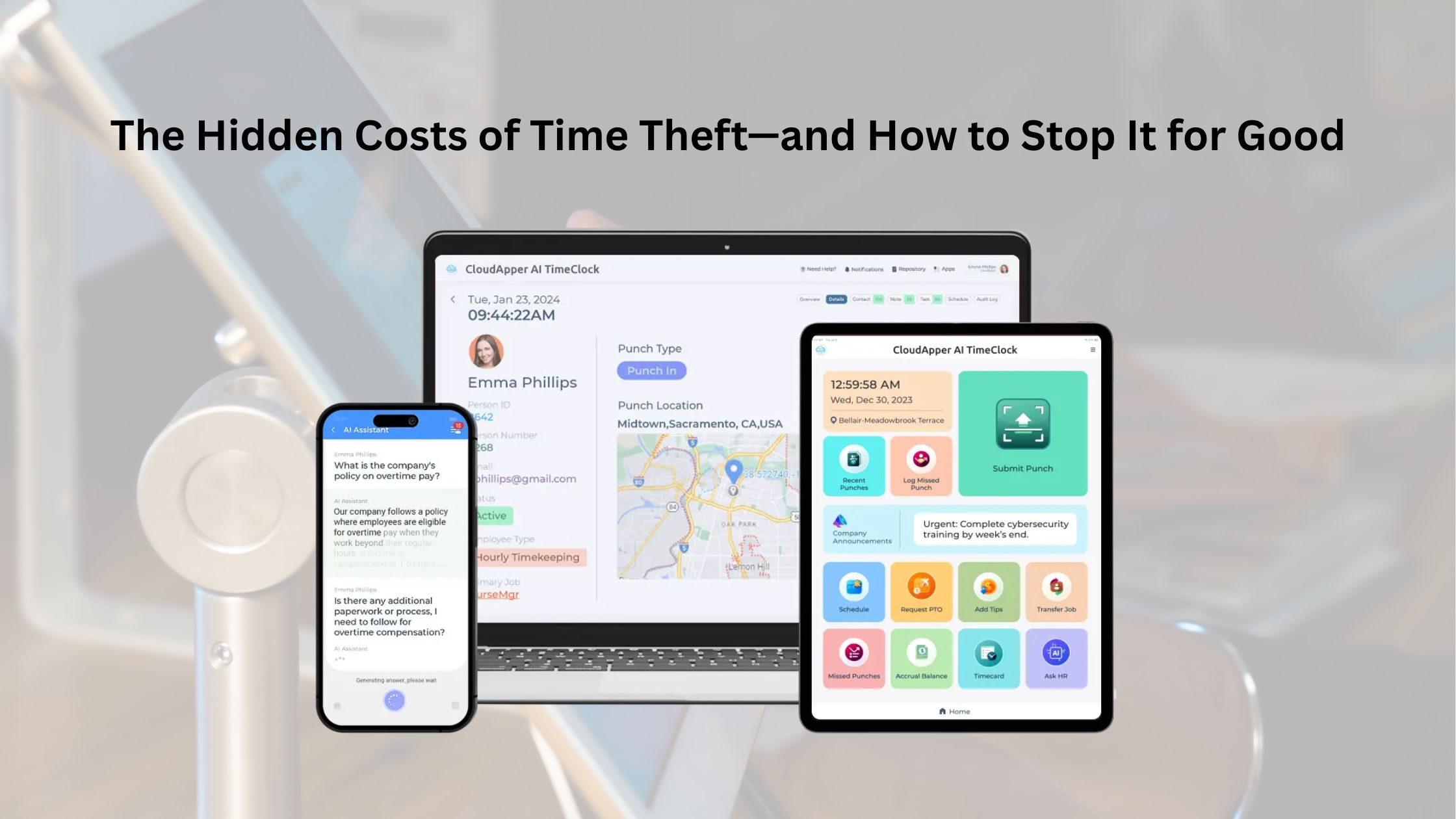
The Hidden Costs of Time Theft—and How to Stop It…
Touchless Time Tracking in Healthcare & Manufacturing: Facial Recognition with…

